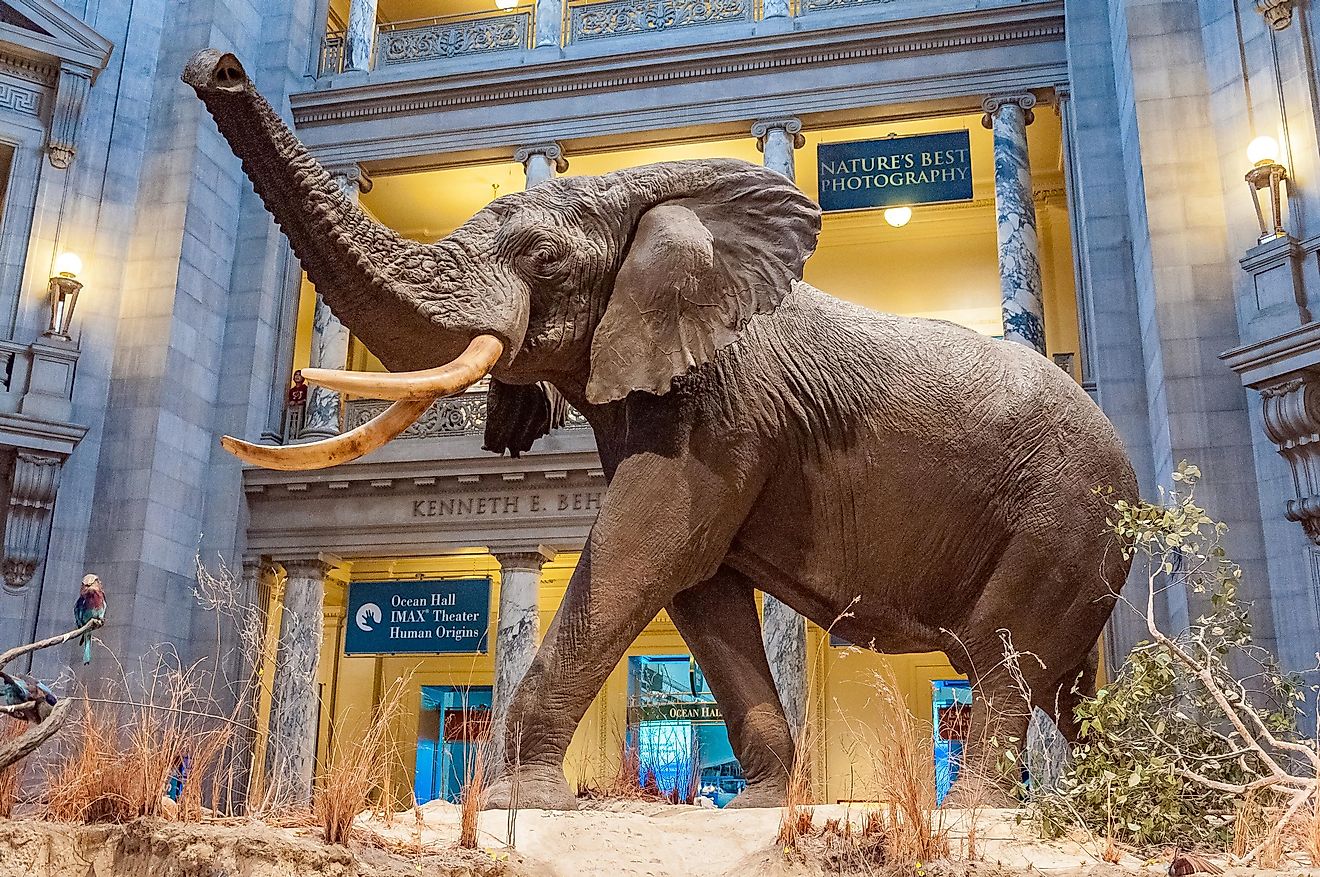What Was the Persian Empire?

The enormous Persian Empire stretched across today’s Iran, Turkey, Egypt as well as parts of Pakistan and Afghanistan. The Empire was also called the Achaemenid Empire and was thriving for over 200 years after Cyrus the Great founded it at around 550 B.C. The Empire was unlike any other at that time with its thriving culture, religious tolerances, scientific advancements, diverse art, and general regard towards its subjects.
The First King of the Persian Empire
Cyrus II was the founder of the Persian Empire who later went on to be known as Cyrus the Great. He wasn’t a typical ruler of the time considering his "out-of-the-box" thinking, which acquired him the suffix Great. Unlike those that came before him, Cyrus did not destroy or enslave the kingdoms or its citizens once he would conquer them. Quite the contrary, Cyrus was known for his mercy even towards the rulers of his newly joined kingdom. Cyrus the Great would often use the knowledge of the kings for improving his own rule over the new territories and its subjects. He provided them with religious freedoms and tolerance for their unique customs.
Before becoming a king and establishing his Empire, Cyrus was merely a leader of a single semi-nomadic tribe that lived of cattle. However, the ambitious Cyrus went on to conquer the neighboring kingdoms, which he then joined under his rule. It did not take long for his vast Empire to get even bigger and become a power to be reckoned with.
Diversity of Persian Culture
The Persians established the first regular communication routes between Europe, Africa, and Asia. They recognized the need for faster ways to get information from one part of the Empire to another. To resolve this issue, they defined and organized the first-ever postal service in the world, which was an astounding advancement for the time and something that aided in keeping the Empire solid.
Considering how many different kingdoms were conquered and joined under the Persian Empire, it’s no surprise that the artistic expressions found at the time were extremely diverse. Ranging from architecture, carpet weaving to carvings and metalwork, Persians were indeed the masters of so many crafts.
Religion and Religious Freedoms
Although most people equate the Persian Empire with the monotheistic religion of Islam, the reality is that Persia’s religious practices were mostly centered around Zoroastrianism. Islam came into the spotlight as the dominant religion only after the Arabic overtake in the 7th century. Zoroastrianism follows the word of the Prophet Zoroaster, who was the founder of the religion and lived at around 3500 years ago, although some records show that it might be even older. Considered to be the world's first monotheistic religion, it is also undoubtedly one of the oldest in the world.
Although Cyrus was devoted to his religion, he was also a very tolerant and open-minded ruler who did not force his religious views onto his subjects. Quite the contrary, he allowed many religious and even civil freedoms, including the release of Jewish people from captivity and their return to Jerusalem.
The Collapse of the Persian Empire
After Cyrus the Great and his successor Darius the Great, both of which made an extraordinary impact on the development and expanse of the Empire, came Xerxes, son of Darius. Xerxes made the unsuccessful attempt to conquer Greece during which he exhausted the royal funds. He continued his extravagant spending spree even after his return to Persia.
Since Xerxes’s attempted invasion of Greece failed and the Empire’s treasury was empty, he decided to raise the taxes on his subjects. The heavy burden placed on the imperial subjects sent the Empire into a spiraling decline which lasted until the invasion of Macedonia's Alexander the Great, in 334 B.C.E. Although many successors after Xerxes sought to renew and expand the Empire to its historical greatness, none of them succeeded.











